Mastering Demolition Waste: A Comprehensive Tutorial for Global Buyers in Sustainable Disposal Solutions
Demolition waste is an increasingly critical issue in the construction and waste management industries, representing about 30% to 40% of total waste generated globally, according to the World Bank. As urbanization accelerates and infrastructure development expands, it is estimated that approximately 1.3 billion tons of demolition debris are produced each year worldwide. This growing volume not only strains landfill capacities but also poses significant environmental challenges, highlighting the urgent need for sustainable disposal solutions. Buyers and stakeholders across the globe must navigate the complexities of effective demolition waste management, embracing innovative strategies that mitigate environmental impacts while promoting material recovery and recycling.

In this comprehensive tutorial, we will explore the common problems associated with demolition waste and offer actionable insights to foster sustainable practices in waste disposal, ultimately contributing to a circular economy.
Understanding Demolition Waste: Types and Their Environmental Impact
Demolition waste is a significant component of the construction waste stream, accounting for approximately 25-30% of total waste generated in urban areas, according to the World Bank's “What a Waste” report. This waste encompasses various materials, including concrete, metals, wood, and hazardous substances such as asbestos and lead. Understanding the types of demolition waste is crucial for implementing effective disposal solutions that minimize environmental impact.
**Tip:** When planning a demolition project, conduct a thorough waste audit to categorize materials for recycling or safe disposal. This audit can identify potential hazardous substances that require specialized handling to comply with environmental regulations.
The environmental impact of demolition waste cannot be underestimated. Improper disposal can lead to soil and water contamination and contribute to landfill overcapacity. Studies show that construction and demolition (C&D) debris contributes to about 40% of total landfill content in many regions. By prioritizing sustainable disposal solutions like recycling and repurposing materials, businesses can significantly reduce their ecological footprint.
**Tip:** Partner with licensed waste management services that specialize in C&D recycling to ensure compliance with local regulations and to optimize resource recovery during the disposal process.
Mastering Demolition Waste: A Comprehensive Tutorial for Global Buyers in Sustainable Disposal Solutions
| Waste Type |
Description |
Environmental Impact |
Disposal Solution |
| Concrete |
A solid material formed from a mixture of cement, water, and aggregates. |
High carbon footprint due to cement production; can cause soil and water pollution if not disposed of properly. |
Crushing for reuse in new construction or recycling into aggregate. |
| Bricks |
Blocks made of clay or concrete used in building constructions. |
Can contribute to landfill weight; potential for leaching harmful substances. |
Reused in new projects or crushed for aggregate. |
| Wood |
Material sourced from trees, commonly used in structures and fixtures. |
If untreated, can decompose and release methane; may harbor pests. |
Reclaimed for reuse, recycled into mulch, or used as biomass fuel. |
| Metals |
Includes steel, aluminum, and copper used in construction frames and fixtures. |
Mining and processing can lead to habitat destruction and pollution. |
Can be melted down and recycled into new products or materials. |
| Asphalt |
A sticky, black, viscous liquid used in paving roads and roofing. |
Can leach harmful substances into the soil and water sources. |
Recycled during road resurfacing or reprocessed into new asphalt mixes. |
The Importance of Sustainable Disposal Solutions for Demolition Projects
The environmental impact of demolition projects is significant, making sustainable disposal solutions more crucial than ever. Traditional waste management practices often result in the overwhelming accumulation of debris in landfills, contributing to soil and water pollution. By prioritizing sustainable disposal methods, demolition projects can minimize their ecological footprint while promoting the recycling and repurposing of materials, thereby conserving valuable resources.

Implementing sustainable disposal solutions not only aligns with global environmental goals but also presents economic advantages. By reusing or recycling materials such as metals, wood, and concrete, companies can reduce costs associated with waste removal and buying new materials. Furthermore, embracing these practices enhances a company’s reputation, attracting environmentally conscious clients who value corporate responsibility. Ultimately, the shift towards sustainable disposal solutions is essential for transforming the demolition industry into a more responsible and resource-efficient sector.
Choosing the Right Demolition Waste Management Strategies: A Buyer’s Perspective
When it comes to managing demolition waste, understanding the right strategies is crucial for buyers seeking sustainable disposal solutions. The focus should be on evaluating various waste management options that not only comply with regulations but also prioritize environmental impact. Buyers need to conduct thorough market research, comparing the effectiveness and sustainability of different waste management providers to ensure they align with their ethical and operational goals.
Tip 1: Look for companies that prioritize recycling and reusing materials from demolition projects. This not only reduces landfill waste but also contributes to a circular economy, where materials are continually repurposed.
Additionally, establishing clear communication with chosen waste management partners is essential. Ensure that both parties understand the expectations regarding waste sorting, disposal methods, and documentation required for compliance. This transparency can significantly enhance operational efficiency and accountability.
Tip 2: Inquire about the provider's certifications and compliance with local and international waste management standards. This will help protect your organization from potential legal issues while promoting best practices in sustainable waste disposal.
Innovative Technologies in Demolition Waste Recycling: Trends to Watch
The demolition waste recycling industry is on the cusp of a technological revolution, driven by the
increasing emphasis on sustainability. Recent studies show that
construction and demolition (C&D) activities contribute approximately 30-40%
of the total waste generated worldwide, with a significant portion being recyclable materials.
Innovative technologies have emerged to enhance the efficiency and effectiveness of recycling processes, ensuring that
valuable resources are not lost in landfills. For instance, advancements in sorting technologies, such as automated robotic systems,
can increase material recovery rates by over 20%, leading to better utilization of resources.
Additionally, the integration of artificial intelligence and
machine learning into recycling operations enables more precise
identification and separation of recyclable materials. According to a report by Allied Market Research, the global
green building market, which heavily relies on sustainable demolition practices,
is expected to reach $1.6 trillion by 2028. This growing sector presents lucrative
opportunities for global buyers looking to invest in innovative demolition waste solutions. Moreover, technologies
such as mobile recycling units enable on-site processing, reducing transportation costs and carbon footprints—a crucial factor
as companies strive to meet increasingly strict environmental regulations.
Best Practices for Partnering with Waste Disposal Experts Globally
When engaging with waste disposal experts globally, it's critical to establish a strategic partnership that prioritizes sustainability and efficiency. According to the World Bank's "What a Waste 2.0" report, global solid waste generation is projected to increase by 70% from 2016 levels by 2050, emphasizing the urgent need for effective waste management solutions. Collaborating with experienced partners can help mitigate the environmental impacts associated with demolition waste, which often constitutes a significant portion of total waste generated in urban areas.
**Tip:** Always conduct thorough research to identify waste disposal experts with proven track records in sustainable practices. Look for companies with certifications in environmental management systems, as these can indicate a commitment to reducing landfill contributions and optimizing recycling efforts.
Moreover, understanding local regulations and compliance requirements is essential when partnering with waste disposal professionals. The United Nations Environment Programme (UNEP) highlights the importance of tailored solutions that conform to regional legislation while promoting waste circularity. Given the complexity of international waste disposal regulations, a knowledgeable partner can provide invaluable insights to navigate these challenges effectively.
**Tip:** Engage in regular communication with your disposal expert to stay informed about changes in regulations and best practices, ensuring your projects remain compliant and sustainable.


Home
About Us
Products
 Concrete Mixing Plant
Concrete Mixing Plant
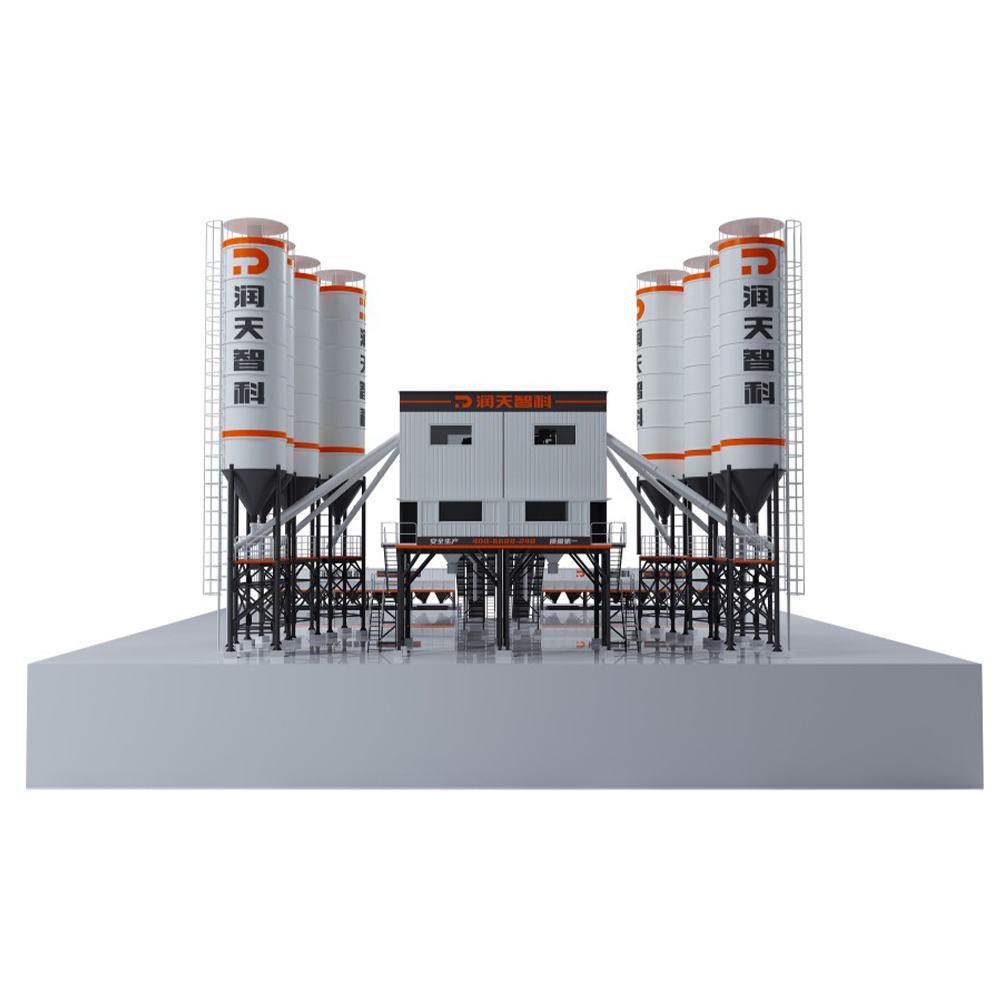 HZS Series Belt Concrete Mixing Plant
HZS Series Belt Concrete Mixing Plant
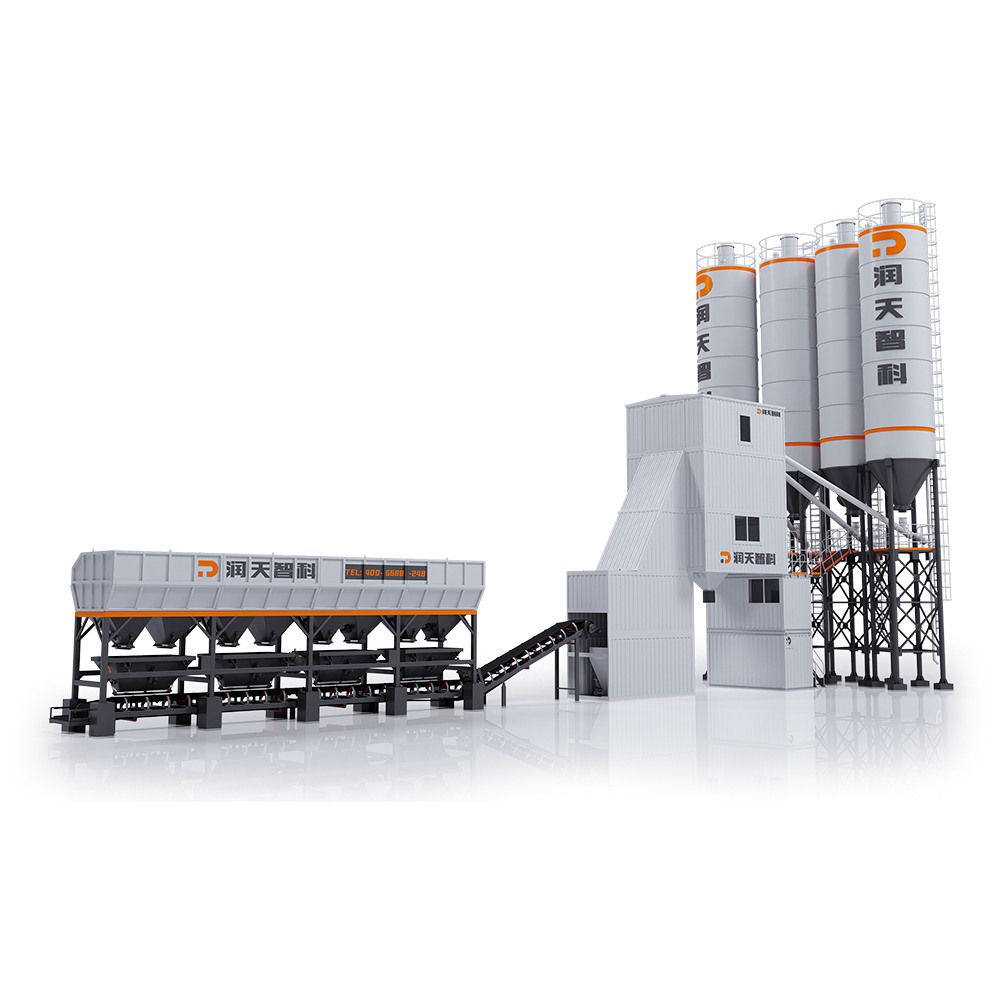 HZS Series Bucket-Lifting Type Container Concrete Mixing Plant
HZS Series Bucket-Lifting Type Container Concrete Mixing Plant
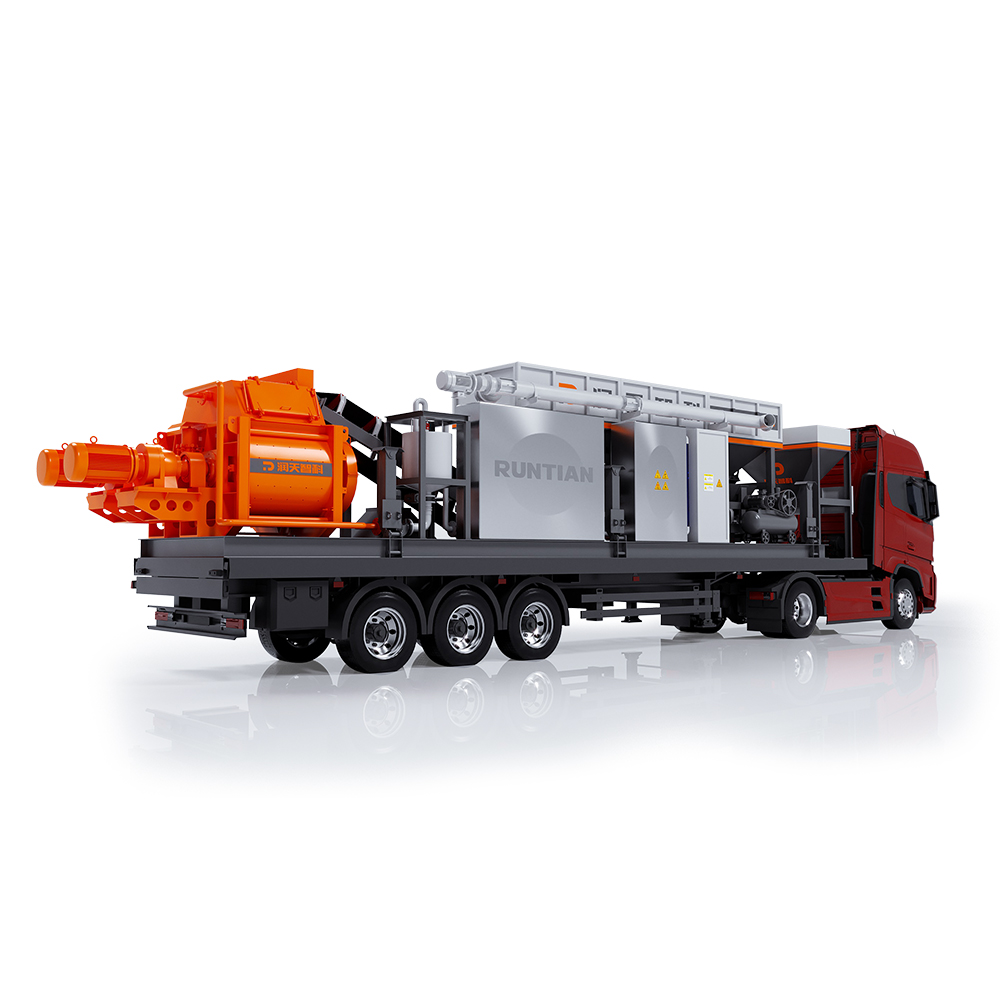 HZS60 Mobile Concrete Mixing Plant
HZS60 Mobile Concrete Mixing Plant
 HZS Series Bucket-Lifting Type Concrete Mixing Plant
HZS Series Bucket-Lifting Type Concrete Mixing Plant
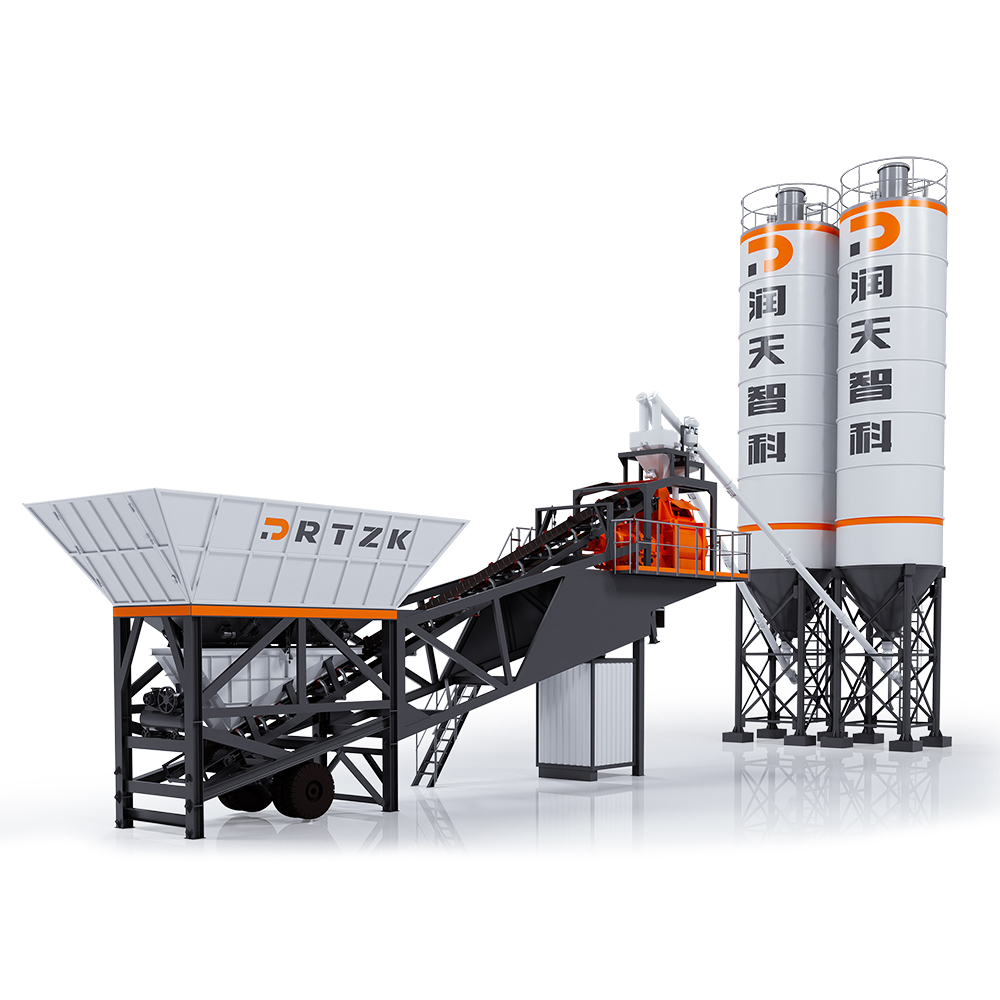 HZS Series Mobile Concrete Mixing Plant
HZS Series Mobile Concrete Mixing Plant
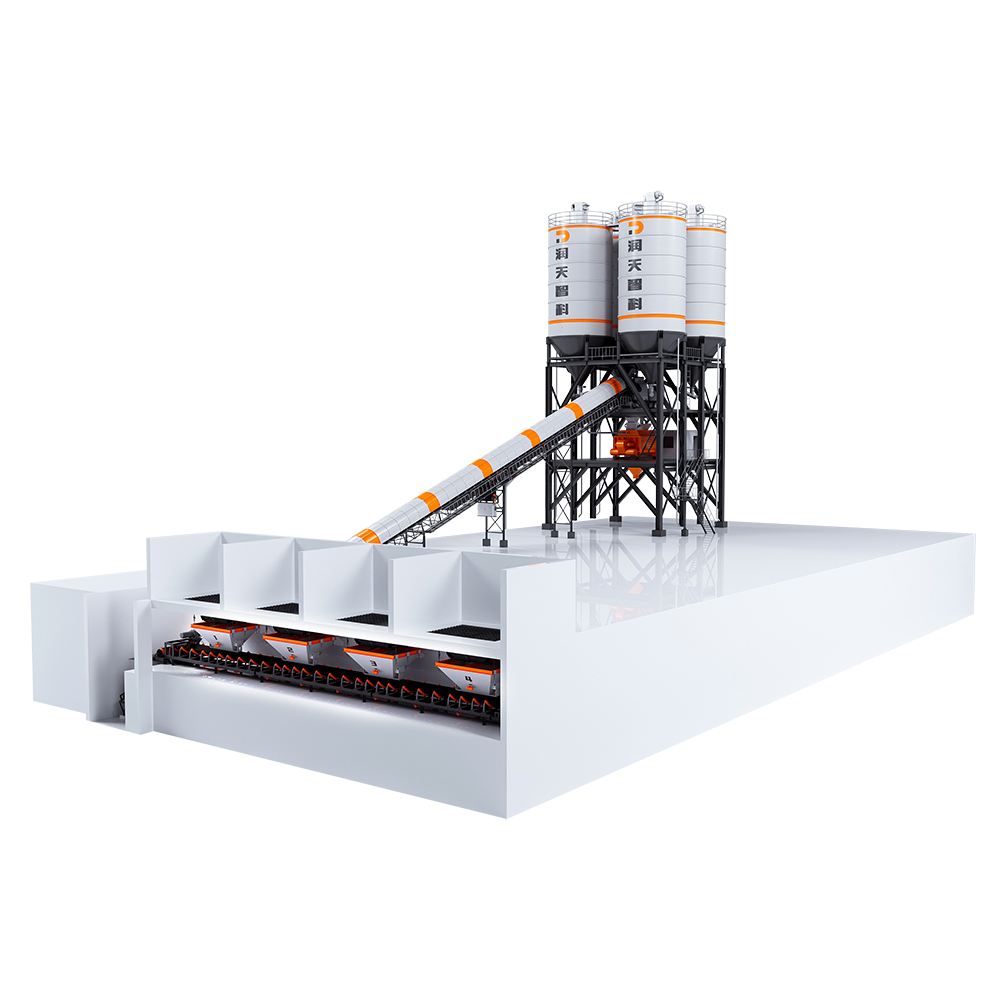 HZS Series Top-Mounted Concrete Mixing plant
HZS Series Top-Mounted Concrete Mixing plant
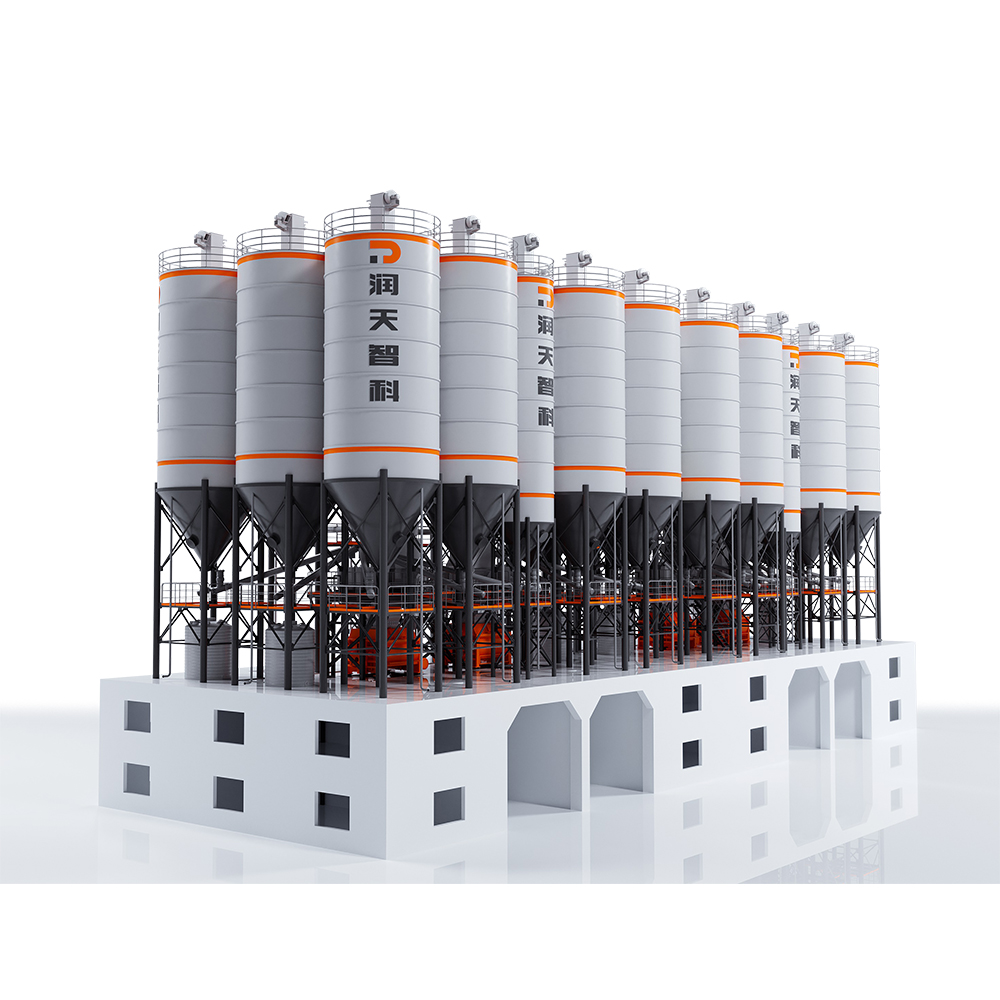 HZS Series Semi-Top Mounted Concrete Mixing Plant
HZS Series Semi-Top Mounted Concrete Mixing Plant
 Stabilized Soil Mixing Plant
Stabilized Soil Mixing Plant
 Asphalt Mixing Plant
Asphalt Mixing Plant
 Sand & Gravel Crushing and Screening Plant
Sand & Gravel Crushing and Screening Plant
 RTPF350DS Crawler Mobile Impact Crushing Plant
RTPF350DS Crawler Mobile Impact Crushing Plant
 RT116JH Crawler Mobile Jaw Crushing Plant
RT116JH Crawler Mobile Jaw Crushing Plant
 RT116JE Crawler Mobile Jaw Crushing Plant
RT116JE Crawler Mobile Jaw Crushing Plant
 RT300CE Crawler Mobile Cone Crushing Plant
RT300CE Crawler Mobile Cone Crushing Plant
 RT300CH Crawler Mobile Cone Crushing Plant
RT300CH Crawler Mobile Cone Crushing Plant
 RT5015H Mobile Scalping Screen
RT5015H Mobile Scalping Screen
 RT315VSIE Crawler Mobile Sand Maker
RT315VSIE Crawler Mobile Sand Maker
 RT3YK6020 Crawler Mobile Screening Plant
RT3YK6020 Crawler Mobile Screening Plant
 RT3YK6020M Modular Screening Plant
RT3YK6020M Modular Screening Plant
 RTF260M Modular Counterattack Crushing and Screening Integrated Machine
RTF260M Modular Counterattack Crushing and Screening Integrated Machine
 RTF350M Modular Impact Crushing Plant
RTF350M Modular Impact Crushing Plant
 RTF450M Modular Impact Crushing Plant
RTF450M Modular Impact Crushing Plant
 Construction Waste Resourceful Treatment Line
Construction Waste Resourceful Treatment Line
Performances
Video
News
Blog
Contact Us
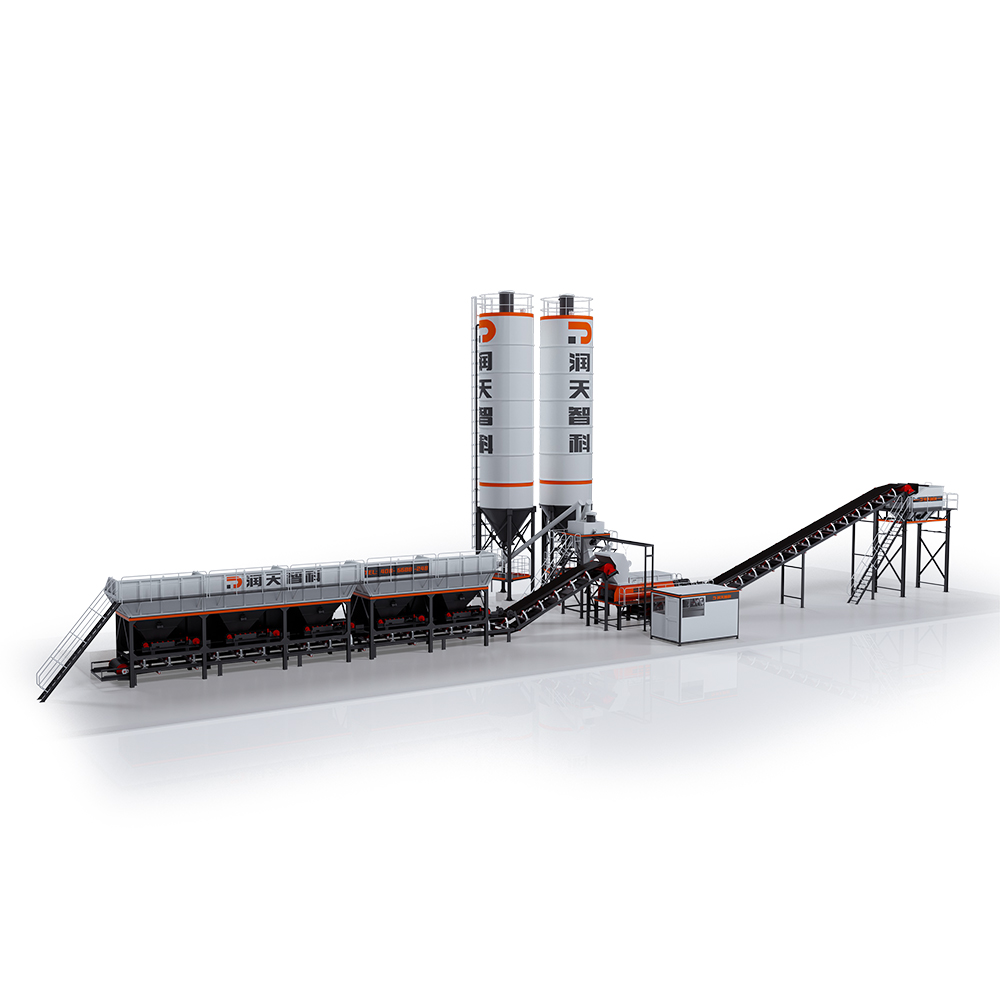 WDB Series Foundation-Free Stability Soil Mixing Plant
WDB Series Foundation-Free Stability Soil Mixing Plant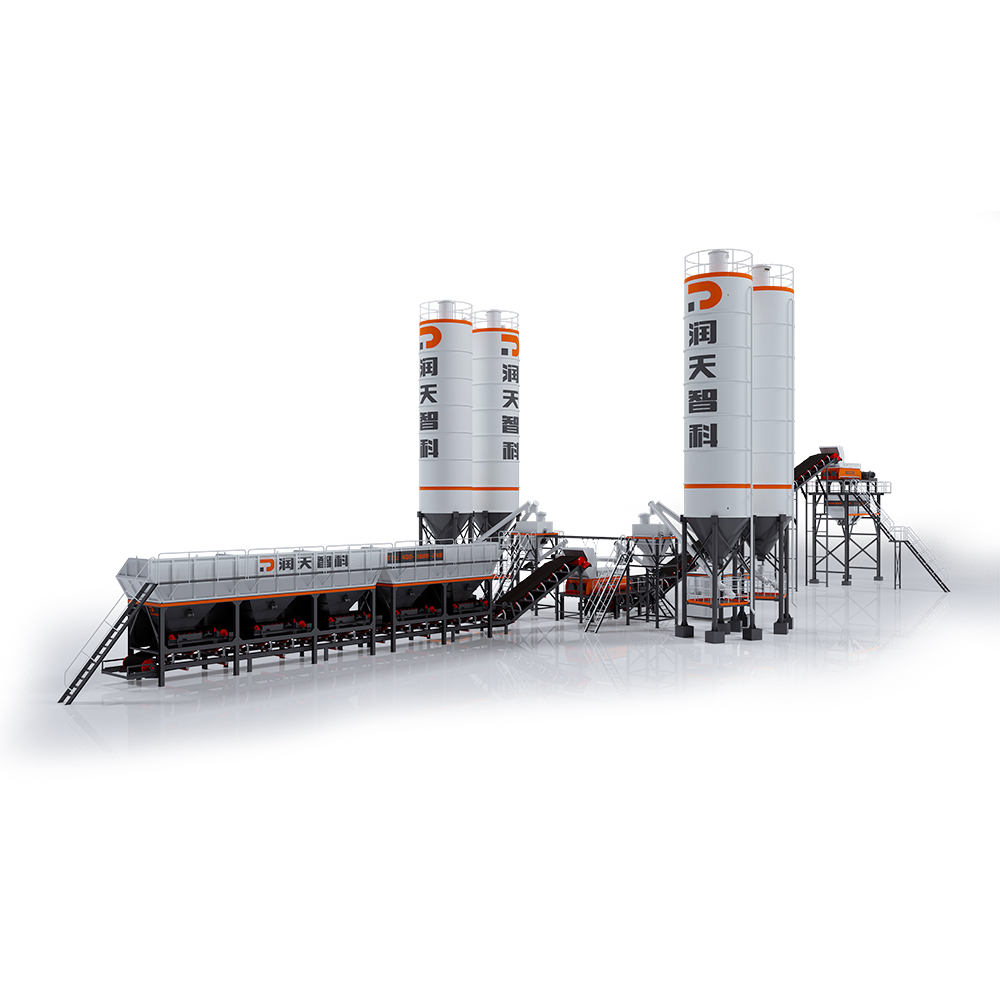 LCB Series Emulsified Asphalt Cold Regeneration Secondary Mixing Plant
LCB Series Emulsified Asphalt Cold Regeneration Secondary Mixing Plant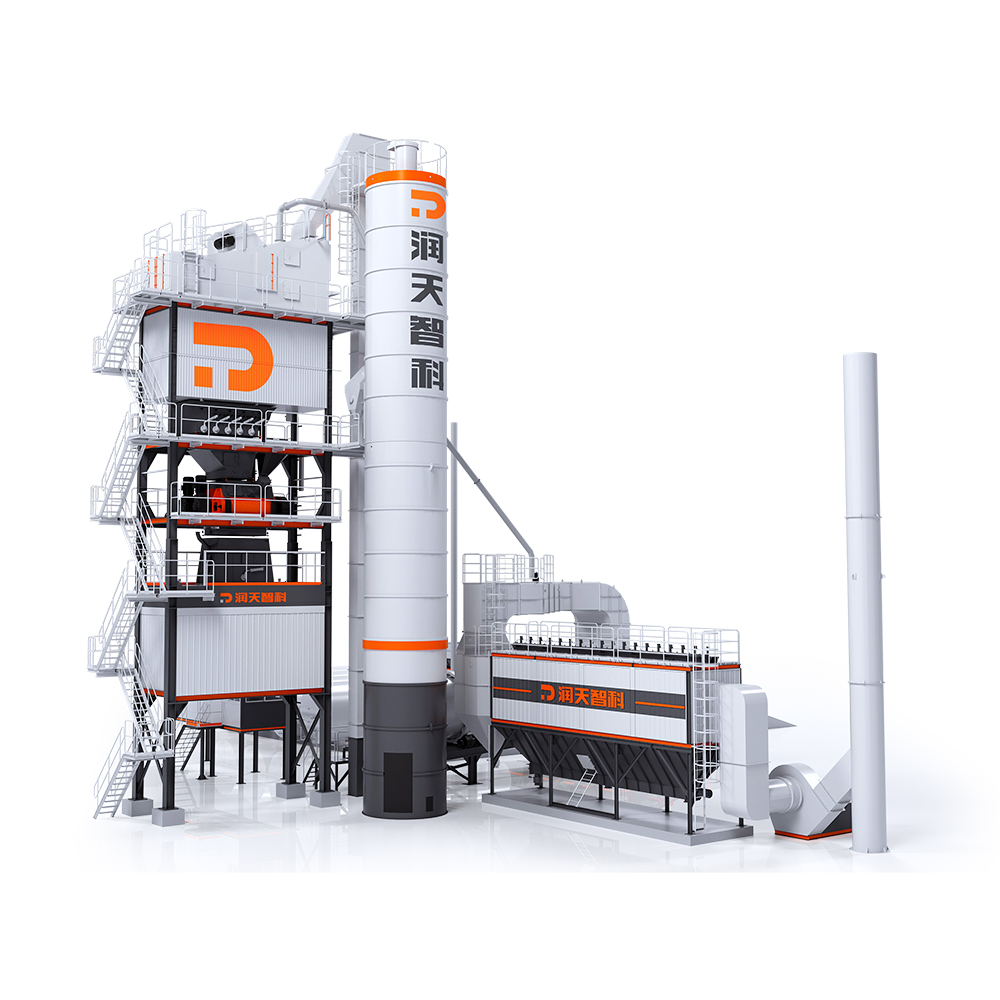 LB Series Asphalt Mixing Plant
LB Series Asphalt Mixing Plant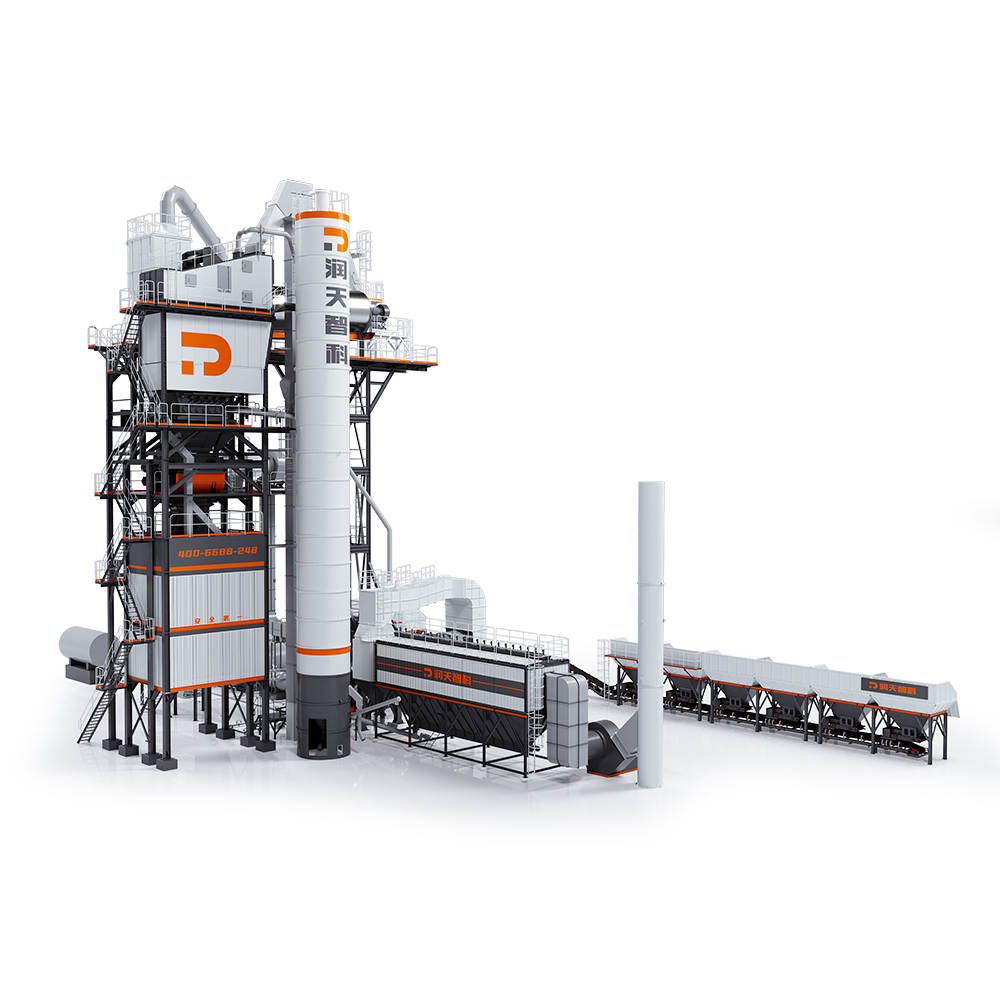 LBR Series Integrated Asphalt Mixing Plant
LBR Series Integrated Asphalt Mixing Plant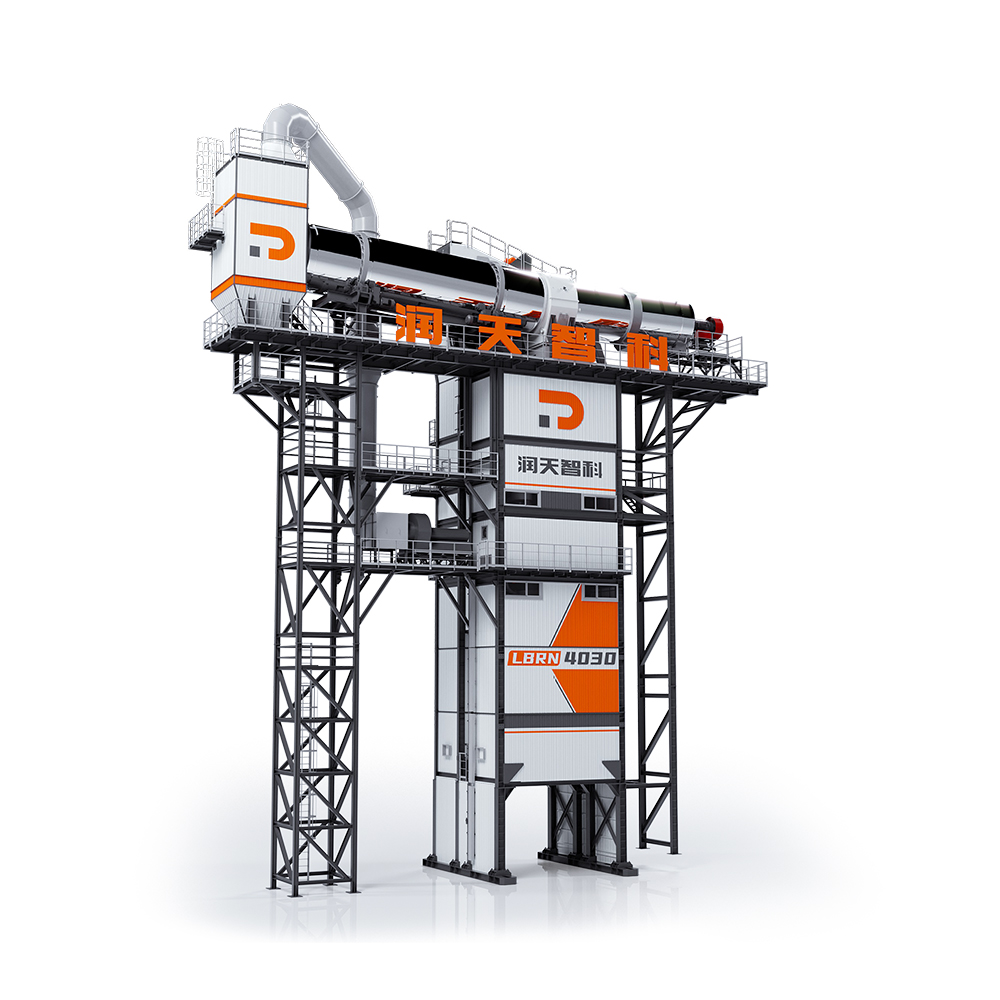 LBRN Series Counterflow Integral Asphalt Mixing Plant
LBRN Series Counterflow Integral Asphalt Mixing Plant RZS Series Asphalt Mixing Plant
RZS Series Asphalt Mixing Plant RTZS120 Series RAP Crushing & Screening Plant
RTZS120 Series RAP Crushing & Screening Plant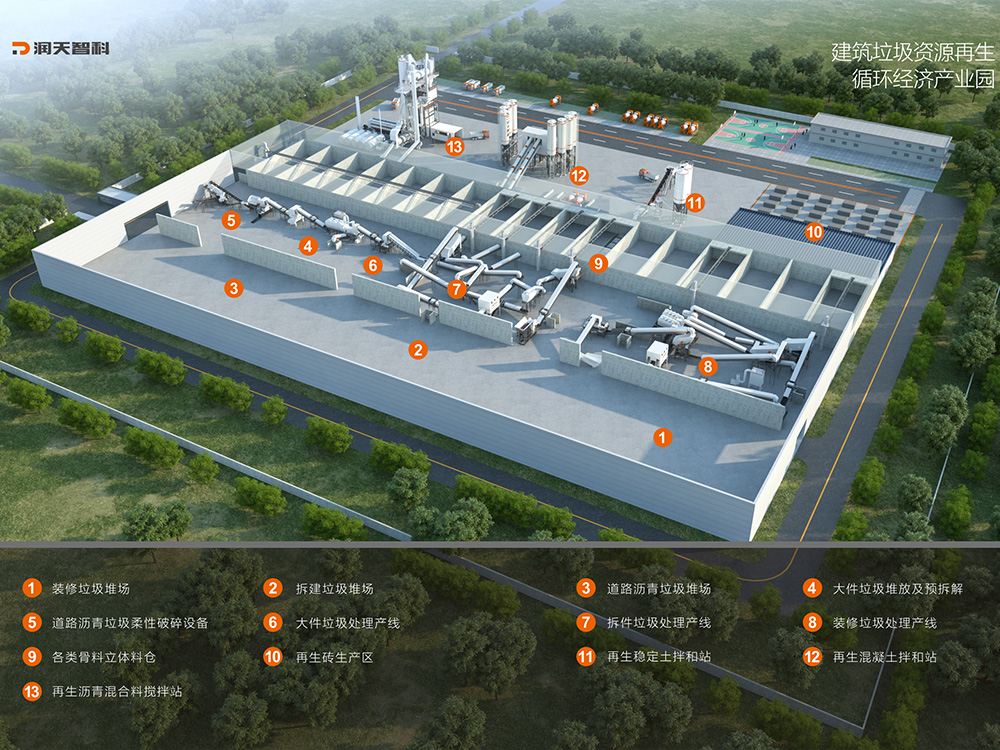 Construction Waste Resourceful Treatment Line
Construction Waste Resourceful Treatment Line







